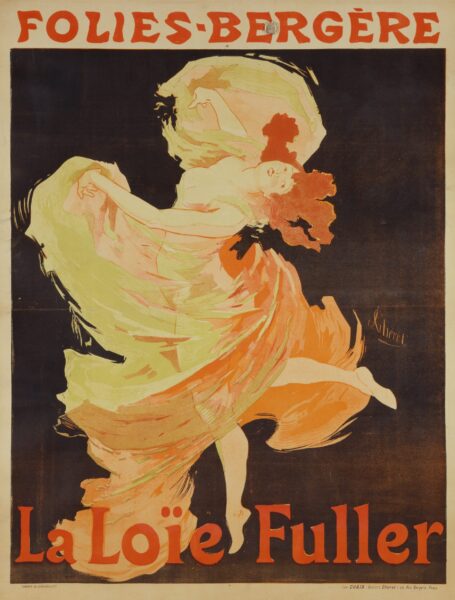Jules Chéret (1836-1932) was a French painter and lithographer who is often referred to as the “father of the modern poster.” He played a pivotal role in the development of poster art during the late 19th and early 20th centuries, revolutionizing the advertising industry with his innovative designs and techniques.
Here’s more information about Jules Chéret and his posters:
1. Innovative Techniques: Chéret was known for his innovative use of color, typography, and composition in his posters. He employed bold, vibrant colors and dynamic compositions to create eye-catching designs that captured the attention of passersby.
2. Lithography: Chéret’s posters were primarily produced using the lithographic printing process, which allowed for the mass production of colorful and detailed images. His mastery of this technique enabled him to create posters that were both visually stunning and commercially successful.
3. Celebration of Life and Entertainment: Many of Chéret’s posters promoted various forms of entertainment, including theater productions, cabarets, dance halls, and other cultural events. His posters often depicted joyful, lively scenes filled with beautiful women, dancers, and performers, reflecting the vibrant energy of Parisian nightlife during the Belle Époque.
4. Popularization of Poster Art: Chéret’s posters played a significant role in popularizing the art form of the poster as a powerful means of advertising and communication. His work helped establish the poster as a legitimate art form and inspired generations of artists and designers around the world.
5. Legacy: Chéret’s influence can still be seen today in the field of graphic design and advertising. His posters continue to be admired for their artistic merit and historical significance, and they are highly sought after by collectors.
Overall, Jules Chéret’s posters are celebrated for their beauty, innovation, and cultural impact. They remain enduring symbols of the Belle Époque and continue to inspire and captivate audiences around the world.

